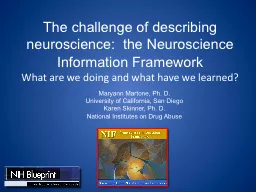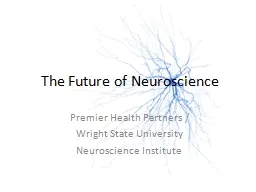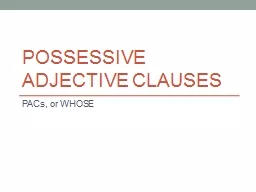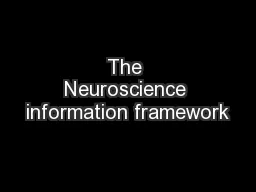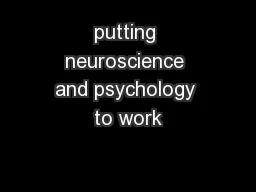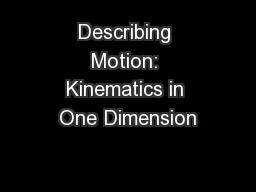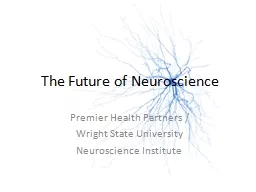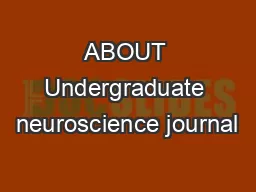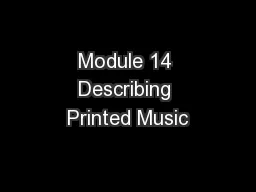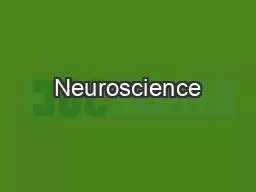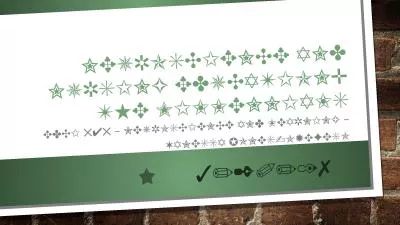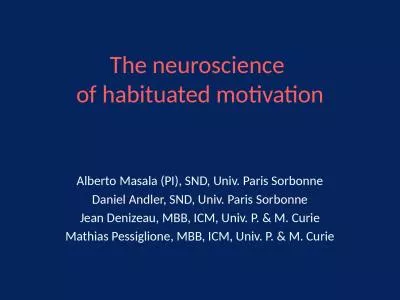PPT-The challenge of describing neuroscience: the Neuroscience
Author : celsa-spraggs | Published Date : 2016-06-06
What are we doing and what have we learned Maryann Martone Ph D University of California San Diego Karen Skinner Ph D National Institutes on Drug Abuse NIF Team
Presentation Embed Code
Download Presentation
Download Presentation The PPT/PDF document "The challenge of describing neuroscience..." is the property of its rightful owner. Permission is granted to download and print the materials on this website for personal, non-commercial use only, and to display it on your personal computer provided you do not modify the materials and that you retain all copyright notices contained in the materials. By downloading content from our website, you accept the terms of this agreement.
The challenge of describing neuroscience: the Neuroscience: Transcript
Download Rules Of Document
"The challenge of describing neuroscience: the Neuroscience"The content belongs to its owner. You may download and print it for personal use, without modification, and keep all copyright notices. By downloading, you agree to these terms.
Related Documents

